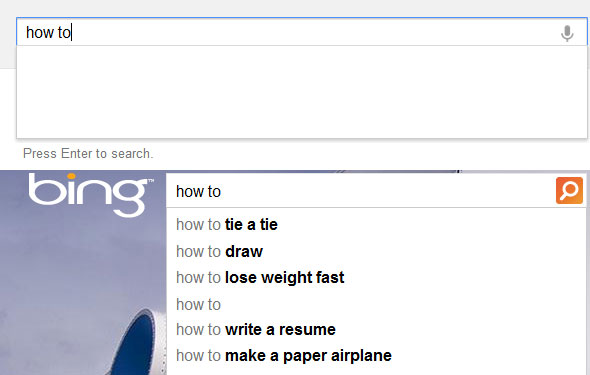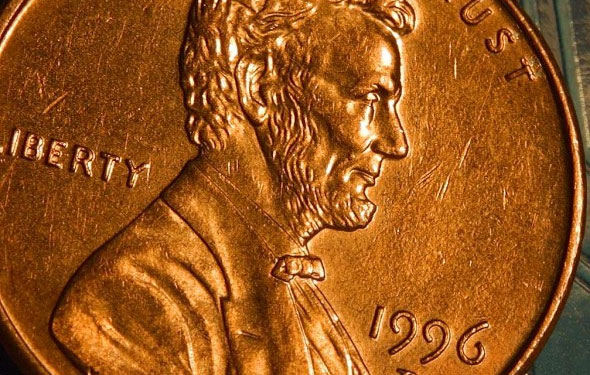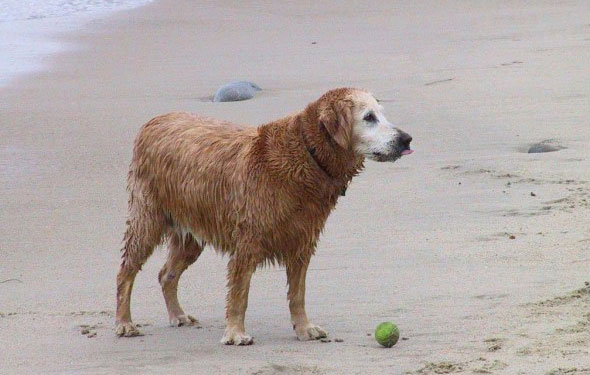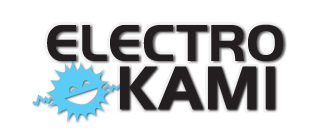How to improve you SEO in five easy steps (hint: content is still king)
What is seo?

How-tos
SEO is the name of the process which is used to improve website search engine rank using natural text related to your site’s content and target market.
It means following guidelines that aim to encapsulate what people are searching for and the actual search terms or keywords typed into search engines, by those people.
SEO is an acronym for search engine optimization.
Here are five tips to improve your SEO with the added benefit of making your site better for your visitors.
1. Have an easy to digest and coherent url structure
From both a usability standpoint and a search engine perspective, having a standardized URL structure with descriptive folder names and meaningful but concise links makes all the difference.
Some rules to follow
- keep the amount of levels short, with three levels being the limit
- try your best to get things closer to your site URL by removing top level folders
- avoid long words or titles in the URL
- make sure your URLs are lowercase and only contain letters or numbers
- replace spaces with dashes, do not use underscores
Here is an example of those rules in place
bad:
www.example.com/BLOG/cooking/cooking_recipes/my favorite recipe!
better:
www.example.com/blog/cooking/my-favorite-recipe
suggested:
www.example.com/cooking/my-favorite-recipe
2. Regularly update your content
They always say content is king, but what doesn’t really get mentioned enough is the second part:
If you have great content, you need to also have timely updates to create loyalty!
What’s the point of toiling hour after hour on a single post if you don’t support it? Supporting your popular search posts means having some form of new content for every visitor to your site.
When a new user comes to read your article, make sure they stick around by having something new on your homepage (within the last two weeks is sufficient, but under five days is key).
Turn one-time visitors into loyal readers with a simple post to keep them happy!
3. Do not participate in “under the table” advertising deals
Once you start to build a name for your site around the net, be it from search engines, other blogs, forums, or simply word of mouth, you may start to get approached by advertisers.
While the majority of advertisers are on-board with purchasing ad placement the right way, there are always going to be some that will try to ask for certain things that can hurt your SEO and page rank.
The no-follow attribute is your best friend!
Here is what a proper ad placement may look like
[html]
<h4>our sponsor</h4>
<a href="#the-ad-url-goes-here" target="_blank" rel="nofollow">
<img src="the-ad-goes-here.jpg" width="300" height="250" border="0" />
</a>
[/html]
Above you will see that the ad (in the form of a jpg image file that would be provided by the advertiser) is labeled under the words our sponsor, and wrapped in an <a> tag, which is set up with a target=”_blank” and a rel=”nofollow”.
These key things tell your readers and site visitors that this particular image and link are paid for and are considered an advertisement and not an endorsement (ie you were paid for it).
These elements also communicate the same to search engines.
Here is what some potential advertisers would want you to do
[html]
<h4>our favorite link</h4>
<a href="#the-ad-url-goes-here" target="_blank">
<img src="the-ad-goes-here.jpg" width="300" height="250" border="0" />
</a>
[/html]
With this example, a pushy advertiser has suggested that the word “sponsor” be removed, as well as the nofollow attribute. This seemingly slight change makes all the difference!
Now when a search engine comes to your page, they think that this link is something that your site endorses and wishes to share with everyone.
On top of that, it still kind of looks like an ad, and some search engine algorithms look specifically for improperly labeled ads and in return penalize your site in it’s rankings.

Link buying: Is it REALLY worth it?
So instead of making a fast buck on a quick advert that may break your hard fought and earned page ranks, it’s best to stick to ad networks like Adsense, AdBrite, or BuySellAds.
4. Write one more paragraph
This one sounds like a strange suggestion but has some merit – if you take the time to just write one more paragraph in your post or article, you will improve that page content dramatically, as it will increase the odds of your content having a searchable phrase or sentence that gets used in a search result.
With that in mind, also be aware of your website’s strengths and weaknesses, putting aside the content that you want to write in favor of one that is fitting to your site’s niche.
If you still have the desire to write to a certain topic that may not fit your site’s theme, consider making a new site!
5. Put alt tags in your images
Images are great tools for a website, as they express much more than any statement ever could. They’re abstract enough to garnish emotions within site visitors that you would never otherwise be able to tap into.
But what if your image doesn’t load? Or what about those visitors that may be disabled or unable to view the image?
The best thing to do is to provide an alt tag for all of your images, like so:
[html]
<img src="wet-dog-at-beach.jpg"
width="590" height="375" border="0"
alt="wet dog at a beach, with a tennis ball" />
[/html]
Now if the image isn’t viewable, the search engine and users will still know what the image is about:
wet dog at a beach, with a tennis ball
Even though most people may see this:

Which will improve search engine’s ability to properly index your page and it’s content, as well as provide a better user experience for all.
